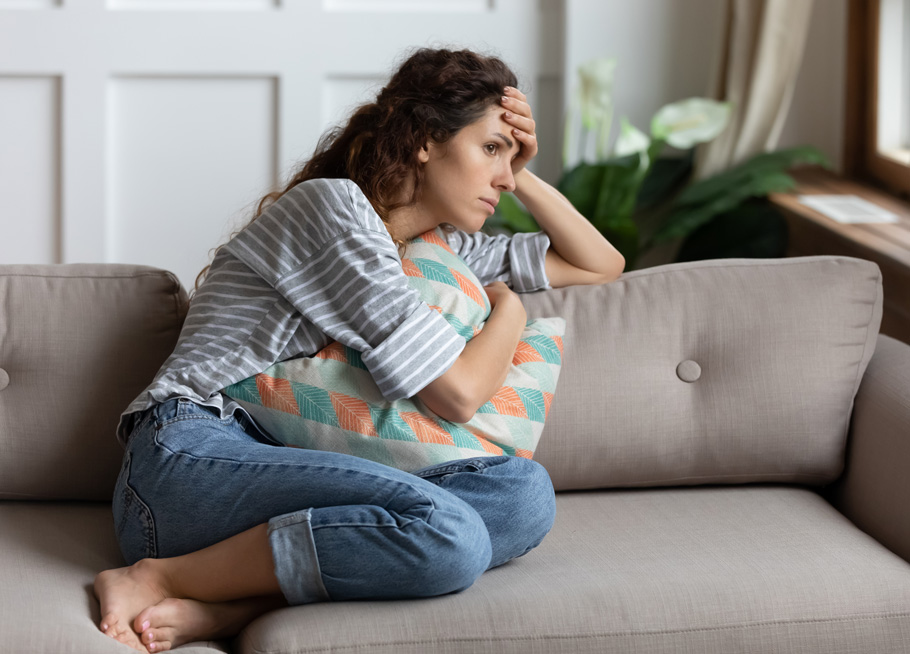
Back pain is one of the most common complaints GPs hear in their surgeries. As a private rheumatology consultant in London, I treat a lot of back pain issues as well. In many cases, patients come to see me complaining of a pain that feels a lot like arthritis. Some of them are right on track. A thorough examination reveals they are suffering from a condition known as ankylosing spondylitis.
Sometimes referred to as axial spondyloarthritis, ankylosing spondylitis is a form of arthritis that mainly targets the back. It is an autoimmune condition. It is a progressive disease with symptoms that present over long periods of time. Therefore, it is entirely possible to have the disease and not know it during its early stages.
More About Ankylosing Spondylitis
Though it’s not clear why, ankylosing spondylitis is likely to first start during the teen years or in early adulthood. Men are more than twice as likely to develop the disease than women. It is also chronic, meaning it affects patients over many, many years. However, that doesn’t mean that ankylosing spondylitis symptoms are consistent. They actually aren’t.
It’s quite common for ankylosing spondylitis patients to feel well for extended periods of time. An occasional flare up may change that, and flare-up severity can vary from one episode to the next. But as with most chronic diseases, symptoms progressively get worse over time.
Ankylosing spondylitis causes inflammation in the affected joints, and the joints wear down as a result. Making matters worse, the body does its best to repair the damage by growing new bone tissue. In a worst-case scenario, affected bones could eventually fuse together.
Common Ankylosing Spondylitis Symptoms
If you were to visit my London rheumatology clinic complaining of lower back pain that I suspect could be ankylosing spondylitis, I would ask about some very specific symptoms. Ankylosing spondylitis sufferers often complain of:
• pain and stiffness in the lower back especially in the morning
• arthritis and enthesitis pain in other joints
• inflamed, painful, and sensitive eyes
• general feelings of weakness and exhaustion.
Of these four symptoms, those affecting the eyes are most concerning. It is recommended that anyone experiencing both lower back pain and inflamed and painful eyes seek medical help right away. Immediate treatment can prevent permanent eye damage.
Testing for Ankylosing Spondylitis
A review of your symptoms might lead me to request a number of tests that could determine whether you have ankylosing spondylitis or not. For example, a blood test can reveal proteins suggesting significant inflammation. I might request an x-ray of the bones in your back, as well as an MRI scan. Finally, I might request a blood test to check for a common gene that ankylosing spondylitis patients seem to have.
If the tests come back positive, there are a range of treatments that can help you better manage the disease. There is no cure, so management is key. Most treatments rely on a combination of physiotherapy and exercise. If necessary, anti-inflammatory medications and NSAIDs can help manage inflammation and pain. There is now excellent treatment available through a class of drugs known as Biologics.
When to See a Rheumatologist
Chronic lower back pain can be caused by many things. If you are suffering from the symptoms mentioned in this post, it is possible you are suffering from ankylosing spondylitis. It might be time to see a rheumatologist if you exhibit two or more of the symptoms consistently.
My private rheumatology clinic in London is accepting new patients at this time. I encourage you to make an appointment if you are at all concerned about ankylosing spondylitis. As with most conditions of this type, early diagnosis and treatment are the keys to good management.
Article by Dr. Naveen Bhadauria



